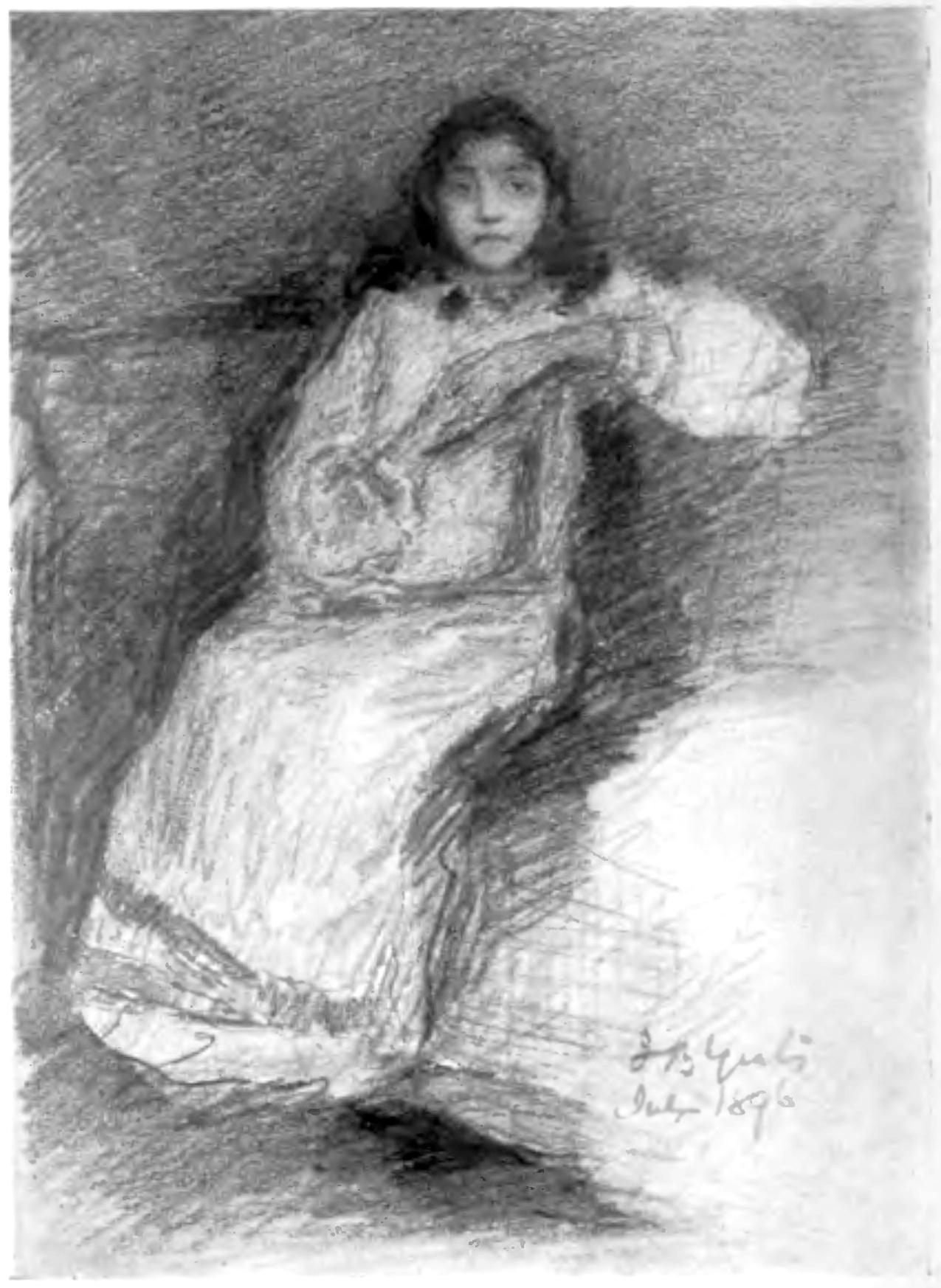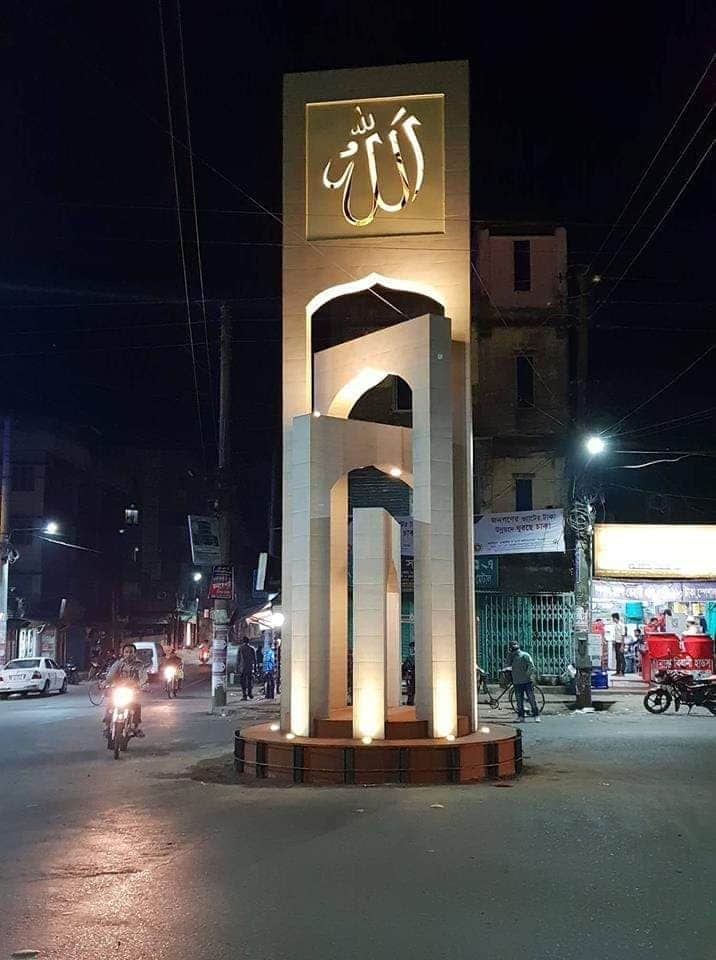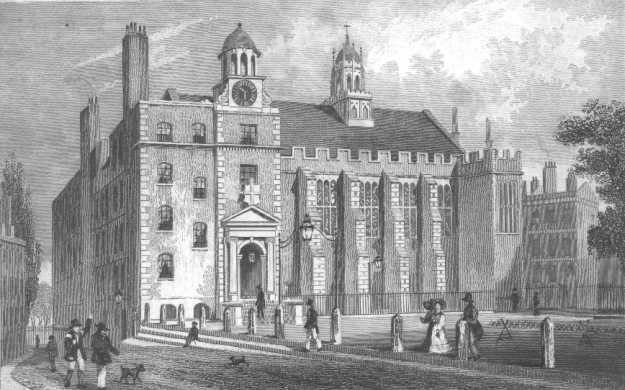|
Maulvibazar Sadar Upazila
Moulvibazar Sadar ( bn, মৌলভীবাজার সদর) is an upazila of Moulvibazar District in the Division of Sylhet, Bangladesh. History In ancient times, the region was known as Chandrapur or Chandrarajya. After the Conquest of Gour in 1303, many disciples of Shah Jalal such as Shah Mustafa migrated and settled in present-day Moulvibazar Sadar where they preached Islam to the local people. Mustafa would eventually succeed Raja Chandra Singh as the ruler of Chandrapur after marrying the Raja's daughter. Shah Farang and Shah Darang migrated to Bekhamura (Manumukh), Shah Kamaluddin to Kamalpur (Chowallish), Shah Wali Mahmud to Singkapon, Haji Ahmad Rasool to Ghorakhal (northeast of Hazari Bari), Shah Hilal to Hilalpur, and Babu Dawlat to Bibi Dawlat (Chhankhair). In 1476, the Minister of Sylhet, Majlis Alam, and his father, Musa ibn Haji Amir, built the Goyghor Mosque. This mosque hosted shelter for the Afghan warrior, Khwaja Usman, in 1593 from the Subahdar of Mug ... [...More Info...] [...Related Items...] OR: [Wikipedia] [Google] [Baidu] |
Ali Amzad Government Girls' High School
Ali Amzad Government Girls' High School ( bn, আলী আমজাদ সরকারী বালিকা উচ্চ বিদ্যালয়) is a public secondary school located at Moulvibazar Sadar Upazila, Moulvibazar in Sylhet Sylhet ( bn, সিলেট) is a metropolitan city in northeastern Bangladesh. It is the administrative seat of the Sylhet Division. Located on the north bank of the Surma River at the eastern tip of Bengal, Sylhet has a subtropical climate an ..., Bangladesh. References High schools in Bangladesh Schools in Moulvibazar District Moulvibazar Sadar Upazila {{Bangladesh-school-stub ... [...More Info...] [...Related Items...] OR: [Wikipedia] [Google] [Baidu] |
Sylhet Division
Sylhet Division ( bn, সিলেট বিভাগ) is the northeastern division of Bangladesh. It is bordered by the Indian states of Meghalaya, Assam and Tripura to the north, east and south respectively, and by the Bangladeshi divisions of Chittagong to the southwest and Dhaka and Mymensingh to the west. Prior to 1947, it included the subdivision of Karimganj (presently in Barak Valley, India). However, Karimganj (including the thanas of Badarpur, Patharkandi and Ratabari) was inexplicably severed from Sylhet by the Radcliffe Boundary Commission. According to Niharranjan Ray, it was partly due to a plea from a delegation led by Abdul Matlib Mazumdar. Etymology and names The name ''Sylhet'' is an anglicisation of ''Shilhot'' (শিলহট). Its origins seem to come from the Sanskrit words শিলা ''śilā'' (meaning 'stone') and হট্ট ''haṭṭa'' (meaning 'marketplace'). These words match the landscape and topography of the hilly region. The shila stones ... [...More Info...] [...Related Items...] OR: [Wikipedia] [Google] [Baidu] |
Subahdar
Subahdar, also known as Nazim or in English as a "Subah", was one of the designations of a governor of a Subah (province) during the Khalji dynasty of Bengal, Mamluk dynasty (Delhi), Khalji dynasty, Tughlaq dynasty, Mughal era ( of India who was alternately designated as Sahib-i-Subah or Nazim. The word, ''Subahdar'' is of Persian origin. According to sources, Subahdar Awlia Khan was a famous and trusted Subahdar of the Khalji dynasty of Bengal (1204-1231) whose title was Saheb-i-Subah could not be ascertained.He belonged to the Oghuz Turks Kayı (tribe) and his ancestors came to the region during the expansion of The Great Seljuk Empire to establish good governance and justice in Islam. Subahdar Awlia Khan was a friend of Muhammad bin Bakhtiyar Khalji Later, during the conquest of Bengal, Awlia Khan was his fellow warrior. Today the descendants of the great Subahdar Awlia Khan have been living in Fuldi village of Gazipur district of Bangladesh for almost 900 years and Mesbah ... [...More Info...] [...Related Items...] OR: [Wikipedia] [Google] [Baidu] |
Kanakpur Union
Kanakpur Union ( bn, কনকপুর ইউনিয়ন) is a Union Parishad under Moulvibazar Sadar Upazila of Moulvibazar District in the division of Sylhet, Bangladesh. It has an area of 23.5 square kilometres and a population of 18,458. History The etymology of the union is of two words; "Kanak" and "Pur". The word Kanak comes from Sanskrit and means gold or possibly imitative of clanking metal. The word Pur is also from Sanskrit and means city.Rau Wilhelm 1976 The Meaning of pur in Vedic Literature; Mϋnchen, W Finck. Therefore, the literal translation would be the city of gold. Geography Kanakpur Union is located in the part of Moulvibazar Sadar Upazila and shares borders with the Mostafapur Union in the east. It has an area of 23.5 square kilometres. Demography Kanakpur has a population of 18,458. Administration Kanakpur constitutes the no. 8 union council of Moulvibazar Sadar Upazila. It contains 49 villages and 14 mouzas. Villages * Haridatta, Shaoniya ... [...More Info...] [...Related Items...] OR: [Wikipedia] [Google] [Baidu] |
Bangladesh Liberation War
The Bangladesh Liberation War ( bn, মুক্তিযুদ্ধ, , also known as the Bangladesh War of Independence, or simply the Liberation War in Bangladesh) was a revolution and War, armed conflict sparked by the rise of the Bengali nationalism, Bengali nationalist and self-determination movement in East Pakistan, which resulted in the independence of Bangladesh. The war began when the Pakistani Military dictatorship, military junta based in West Pakistan—under the orders of Yahya Khan—launched Operation Searchlight against the people of East Pakistan on the night of 25 March 1971, initiating the 1971 Bangladesh genocide, Bangladesh genocide. In response to the violence, members of the Mukti Bahini—a guerrilla resistance movement formed by Bengali military, paramilitary and civilians—launched a mass Guerrilla warfare, guerrilla war against the Pakistani military, liberating numerous towns and cities in the initial months of the conflict. At first, the Pakis ... [...More Info...] [...Related Items...] OR: [Wikipedia] [Google] [Baidu] |
Sarojini Naidu
Sarojini Naidu (''née'' Chattopadhyay; 13 February 1879 – 2 March 1949) was an Indian political activist, feminist and poet. A proponent of civil rights, women's emancipation, and anti-imperialistic ideas, she was an important person in India's struggle for independence from colonial rule. She was also the first Indian woman to be president of the Indian National Congress and to be appointed as governor of an Indian state ( United Provinces). Naidu's literary work as a poet earned her the sobriquet the “Nightingale of India”, or “Bharat Kokila” by Mahatma Gandhi because of colour, imagery and lyrical quality of her poetry. Born in a Bengali family in Hyderabad, Chattopadhyay was educated in Madras, London and Cambridge. Following her time in England, where she worked as a suffragist, she was drawn to Indian National Congress' movement for India's independence from British rule. She became a part of the Indian nationalist movement and became a follower of Mahatma Gand ... [...More Info...] [...Related Items...] OR: [Wikipedia] [Google] [Baidu] |
Hussain Ahmed Madani
Hussain Ahmad Madani (6 October 1879 – 5 December 1957) was an Indian Islamic scholar, serving as the principal of Darul Uloom Deoband. He was among the first recipients of the civilian honour of Padma Bhushan in 1954.The rise and fall of the Deoband movement The Nation (newspaper), Published 27 June 2015, Retrieved 19 July 2017 Madani played a key role in cementing the Congress-Khilafat Pact in the 1920s and "Through a series of lectures and pamphlets during the 1920s and 1930s, Madani prepared the ground for the cooperation of the Indian Ulama with the Indian National Congress." His work '' |
Chittaranjan Das
Chittaranjan Das (5 November 1870 – 16 June 1925), popularly called ''Deshbandhu'' (Friend of the Nation), was an Indian freedom fighter, political activist and lawyer during the Indian independence movement and founder-leader of the Swaraj Party in undivided Bengal during the period of British colonial rule in India. His name is abbreviated as C. R. Das. He was closely associated with a number of literary societies and wrote poems, apart from numerous articles and essays. Early life Chittaranjan Das was born in Bikrampur in a well known Baidya"Das"family in the village named "Telirbagh" which is situated in present-day Tongibari upozila of Munshiganj (Bikrampur) district of Bangladesh on 5 November 1870 Family Das family were members of Brahmo Samaj. Chittaranjan was the son of Bhuban Mohan Das, and nephew of the Brahmo social reformer Durga Mohan Das. His father was a solicitor and a journalist who edited the English church weekly, ''The Brahmo Public Opinion''. So ... [...More Info...] [...Related Items...] OR: [Wikipedia] [Google] [Baidu] |
Khilafat Movement
The Khilafat Movement (1919–24), also known as the Caliphate movement or the Indian Muslim movement, was a pan-Islamist political protest campaign launched by Muslims of British India led by Shaukat Ali, Maulana Mohammad Ali Jauhar, Hakim Ajmal Khan, and Abul Kalam Azad to restore the caliph of the Ottoman Caliphate, promote Muslim interests and to bring the Muslim in national struggle. During that time the idea of a separate nation for Muslims in India started to build up slowly. It was a protest against the sanctions placed on the caliph and the Ottoman Empire after the First World War by the Treaty of Sèvres. The movement collapsed by late 1922 when Turkey gained a more favorable diplomatic position and moved towards Nationalism. By 1924, Turkey had simply abolished the role of caliph. Background Ottoman sultan Abdul Hamid II (1842–1918) launched his pan-Islamist program in a bid to protect the Ottoman Empire from Western attack and dismemberment and to crush the democ ... [...More Info...] [...Related Items...] OR: [Wikipedia] [Google] [Baidu] |
Thanas Of Bangladesh
Thana or Thânâ ( bn, থানা literally "police station") mean the district controlled by a police station. History Thana was a subdistrict in the administrative geography of Bangladesh. The Local Government Ordinance of 1982 was amended a year later, redesignating and upgrading the existing ''thanas'' as ''upazilas''. Later in 1999 geographic regions under administrations of thanas were converted into upazilas. All administrative terms in this level were renamed from ''thana'' to ''upazila''. The word thana is now used to solely refer to police stations. Generally, there is one police station for each upazila. However, larger administrative units may have more than one police station covering different regions. See also * Bangladesh Police The Bangladesh Police ( bn, বাংলাদেশ পুলিশ) of the People's Republic of Bangladesh is a law enforcement agency, operating under the Ministry of Home Affairs. It plays a crucial role in maintaining peace, and enf ... [...More Info...] [...Related Items...] OR: [Wikipedia] [Google] [Baidu] |
Zamindar
A zamindar ( Hindustani: Devanagari: , ; Persian: , ) in the Indian subcontinent was an autonomous or semiautonomous ruler of a province. The term itself came into use during the reign of Mughals and later the British had begun using it as a native synonym for “estate”. The term means ''land owner'' in Persian. Typically hereditary, from whom they reserved the right to collect tax on behalf of imperial courts or for military purposes. During the period of British colonial rule in India many wealthy and influential zamindars were bestowed with princely and royal titles such as ''maharaja'' (great king), ''raja/rai'' (king) and ''nawab''. During the Mughal Empire, zamindars belonged to the nobility and formed the ruling class. Emperor Akbar granted them mansabs and their ancestral domains were treated as jagirs. Some zamindars who were Hindu by religion and brahmin or kayastha or kshatriya by caste were converted into Muslims by the Mughals. During the colonial era, the ... [...More Info...] [...Related Items...] OR: [Wikipedia] [Google] [Baidu] |
Manu River, Tripura
Manu is an India, Indo-Bangladesh transboundary river that originates below the Kahosib Chura of the Shakhantang Mountains in the Indian state of Tripura, flowing north-east through Kumarghat and Kailashahar, Kailasahar, and Passes through the Moulvibazar District, Moulvibazar district of Bangladesh to the Sylhet Plain, later the Dhalai River, Dholai River joins Manu and then it flows northwest and meets the Kushiara Manumukh. It is 167 km (104 m) long, making it the longest river in Tripura. It is located near the town of Manu, Tripura, Manu. The river has a width of 200 meters in the railway bridge area. The area of the basin is 500 square kilometres. The river flows throughout the year. Legend Some believe that a Hindu Shastrakar, Manu, used to worship Shiva on the banks of this river, hence the name of this river is Manu.Dr. Ashok Biswas, Rivers of Bangladesh, Gatidhara, Dhaka, February 2011, pp. 299-300. See also *List of rivers in Bangladesh References External lin ... [...More Info...] [...Related Items...] OR: [Wikipedia] [Google] [Baidu] |








